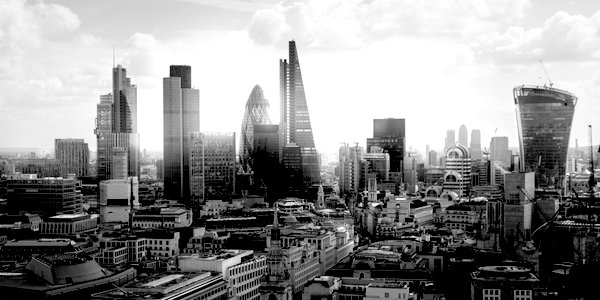LONDON’S population has surged to a record high, driven by a sharp rise in immigration and a shift away from the covid-era ‘race for space’. According to research from the Centre for Cities, the capital has ‘almost certainly’ surpassed its pre-pandemic peak of 10.1million people, raising concerns about the strain on infrastructure and services.
During the covid pandemic, thousands of Londoners sought more spacious accommodation and greenery outside the city, leading to a decline of 75,500 people between mid-2019 and mid-2021. This trend has now reversed, with immigration fuelling the capital’s population growth.
In 2022 alone, 66,000 people moved to London, nearly restoring its pre-pandemic peak. With figures for 2023 yet to be published, it’s expected that the population has indeed exceeded its previous record. The report attributes much of this growth to fewer workers working from home and a significant increase in international migration.
Make no mistake: London’s population explosion is a direct consequence of uncontrolled mass immigration. The government’s promises to ‘take back control’ and reduce numbers to the ‘tens of thousands’ have proven to be nothing but empty rhetoric. Instead, we’re seeing net migration in the many hundreds of thousands, with visas dished out like confetti. Imagine, 1.2million to 1.4million long-term visas seems now to be the norm.
The impact on Londoners is clear: soaring house prices, strained infrastructure and overwhelming pressure on essential services such as schools and healthcare. Mass immigration is not just affecting our quality of life; it is also putting lives at risk by prolonging NHS waiting times.
Curiously, the (rather good) Centre for Cities report glossed over the contribution of immigration to London’s population surge, focusing instead on internal migration patterns and proposed infrastructure solutions.
While infrastructure improvements are of course necessary, imposing an overall cap or perhaps a range of caps on categories of legal migration would offer a more immediate solution and help alleviate pressure on London’s strained resources.
In other news, the government’s initiative to cut costs by relocating asylum seekers to alternative accommodation has backfired dramatically. What was meant to be a cost-saving measure has turned into a growing financial burden for the taxpayer.
The National Audit Office’s latest report reveals shocking details about the government’s handling of this plan. Initially projected to save £94million compared with housing asylum seekers in hotels, the four designated sites (RAF Scampton, RAF Wethersfield, Huddersfield, and the Bibi Stockholm) have instead become costly endeavours. The total bill now stands at £1.2billion.
Despite significant investments totalling at least £230million by the end of March, progress has been slow and inadequate. Only two out of the four planned sites are operational, housing a mere 900 individuals by January’s end.
The government’s mismanagement extends beyond financial missteps. The Home Office’s hasty approach resulted in a series of red flags raised by internal assessments. Large-scale accommodation projects were deemed unachievable, with procurement risks and unrealistic timetables exacerbating the challenges.
Despite initial cost estimates suggesting significant savings compared with hotel accommodation, the reality has proven otherwise. Revised assessments indicate inflated costs, with some sites exceeding initial projections by tens of millions of pounds and profound dissatisfaction within local communities. It has proved to be yet another debacle with taxpayers ultimately footing the bill.
At its core, the most straightforward solution to reducing taxpayer spending on housing illegal immigrants is removal. Moreover, the prospect of speedy removal will serve as a deterrent for would-be Channel-crossers.
Deportation plays a crucial role in discouraging illegal immigration, safeguarding our borders and our society. The principal stumbling block to removing those who have come illegally is the legal framework we have put in place, which allows the challenging and obstructing of removals. The 1951 Refugee Convention and the European Convention on Human Rights (ECHR) are the international treaties that provide the grounds for allowing appeals against removal. However, the government could override the European Court of Human Rights if it chose to do so, were it not for Sir Tony Blair’s Human Rights Act 1998 (HRA) that embeds the ECHR in UK law. We at Migration Watch firmly believe that the legal framework for dealing with illegal immigration and asylum abuse requires revision. We could begin by repealing the HRA.

